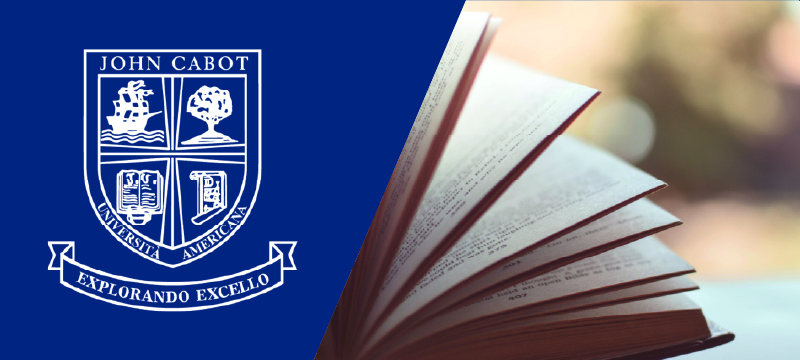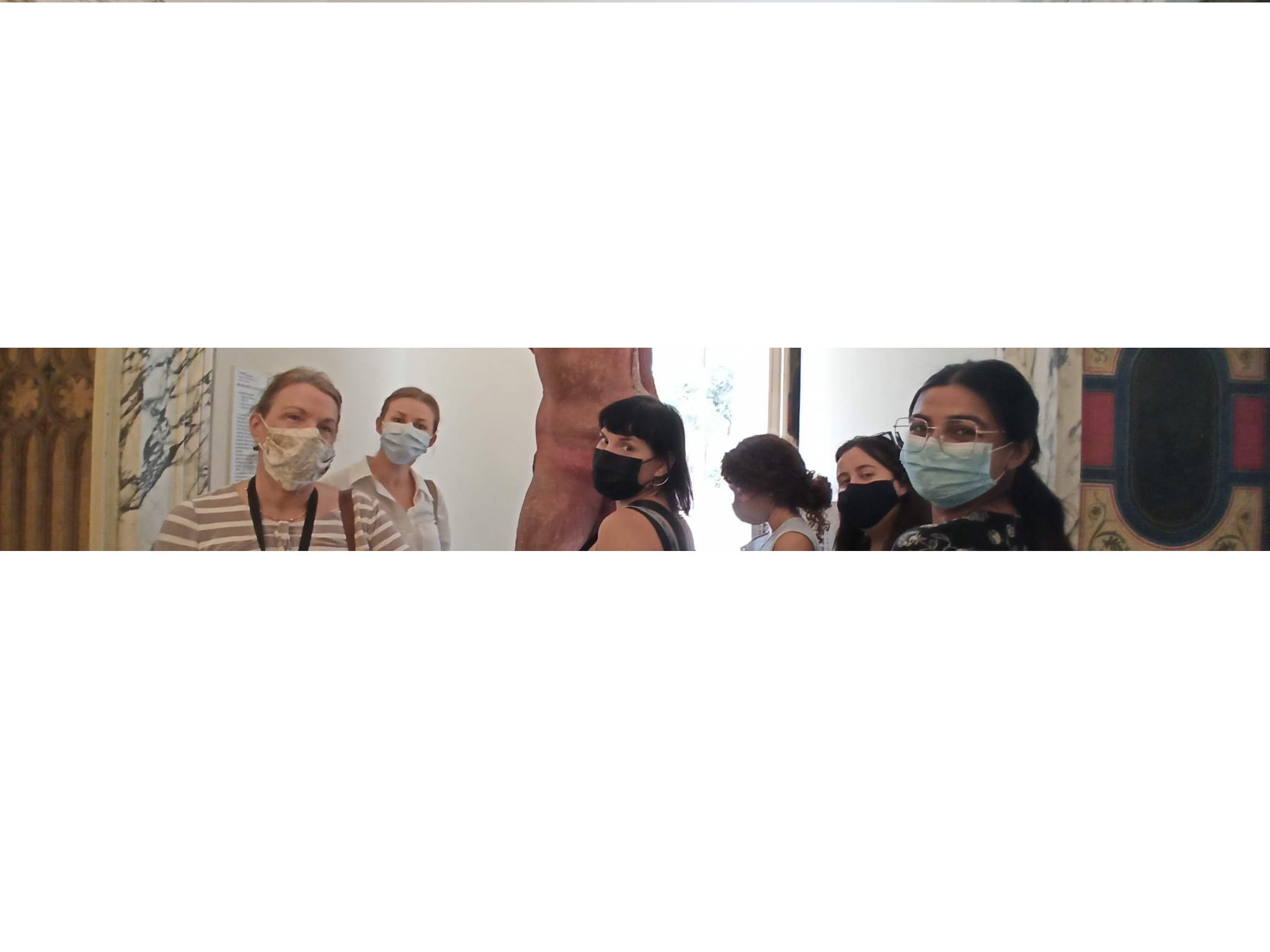For this degree component, each student independently attends and reviews at least ten scholarly lectures, conferences, exhibitions, or other approved events over the course of the academic year: five events in Fall semester and five events in Spring semester. Rome is especially rich in opportunitie
- Instructor: Silvia Armando
- Instructor: Ilaria Gianni



